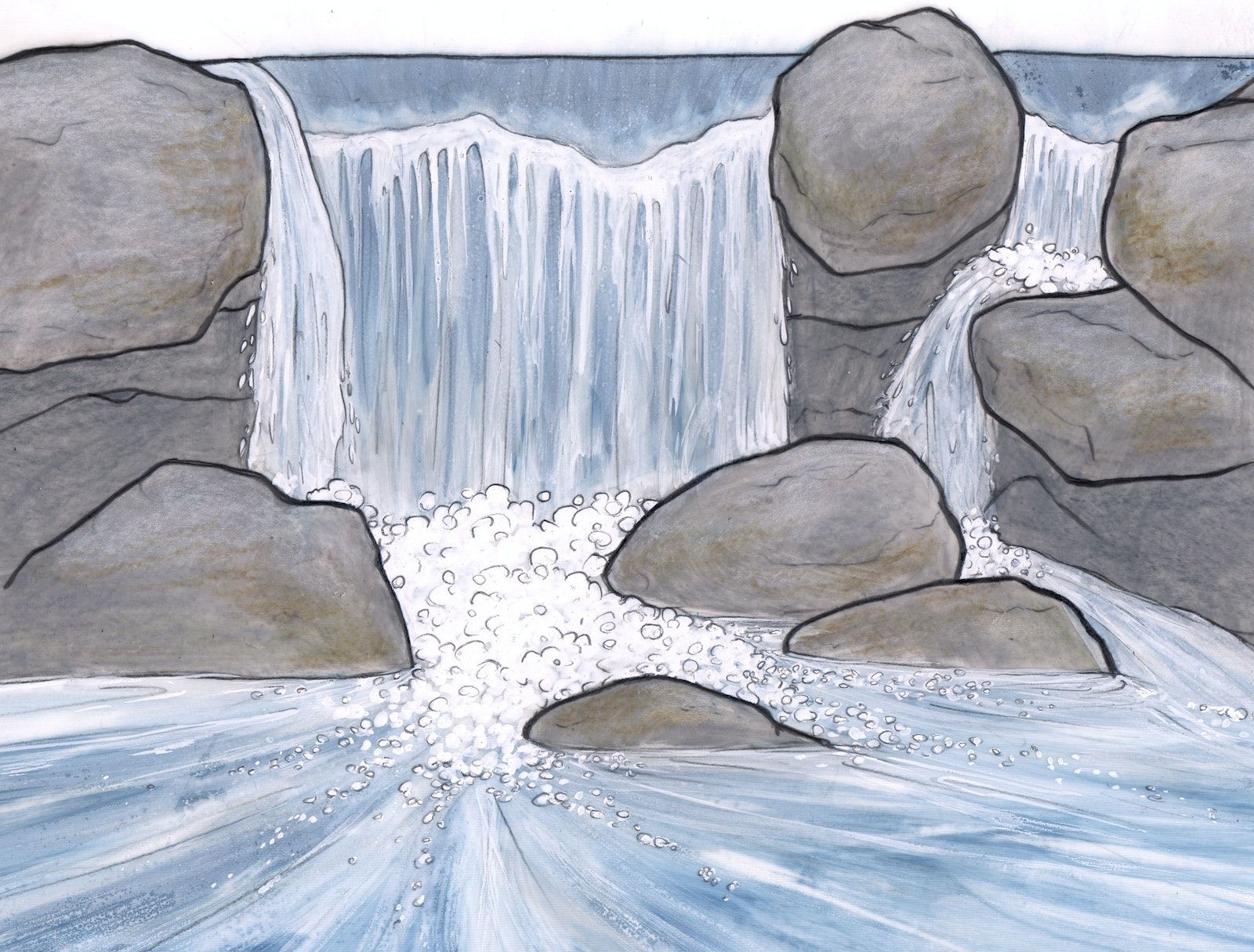Healthy water should generally have dissolved oxygen concentrations above 6.5-8 mg/L and dissolved oxygen saturation between about 80-120%.
What is it?
Oxygen from the atmosphere dissolves in the water of rivers and lakes. Fish and other aquatic animals depend on this oxygen to breathe.
Dissolved oxygen levels depend on many factors: whether water is flowing or still, whether there are rocks or other obstacles for water to flow over, how many plants are in the water, water temperature, ice cover, and depth.
Dissolved oxygen levels are higher in very cold water compared to very warm water. But if a lake or river has ice cover, oxygen is usually low because air from the atmosphere cannot get in. In the open water season, oxygen levels decrease the deeper you get in a lake.
Plants in the water take up carbon dioxide and release oxygen, just like they do on land. But if there are too many plants in the water, all of the oxygen will get used up by the bacteria that decompose them after they die.

When water in creeks and rivers flows over rocks, oxygen can enter into the water.
Why does it matter?
If dissolved oxygen levels are too low, fish and other aquatic animals may suffocate and die. Very low oxygen levels in lakes and rivers happen most often at the end of winter after a long ice-cover period, or at the end of summer when algae growth has peaked and is beginning to degrade.
In polluted systems with too many nutrients, an overgrowth of plants, animals, and bacteria cause the oxygen to be used up quickly, sometimes causing fish to suffocate.

Dissolved oxygen below 5.5 mg/L will negatively affect most fish and fish life stages. Each type of fish requires a different amount of dissolved oxygen to live.
How is it measured?
Dissolved oxygen is best measured directly in the water using a calibrated dissolved oxygen sensor. Dissolved oxygen can be measured in milligrams per litre (mg/L) or as a percentage of the calculated (or expected) amount at saturation, referred to as dissolved oxygen saturation (%DO).

Dissolved oxygen is influenced by: water temperature, algae growth (e.g., chlorophyll).
Dissolved oxygen influences: the forms and toxicity of certain metals (e.g., dissolved metals) and concentrations of certain chemical constituents (e.g., sulphide and ammonia).